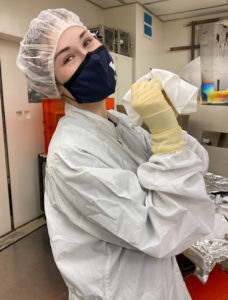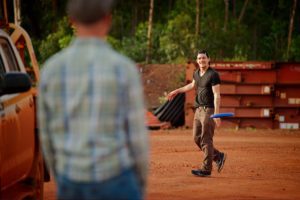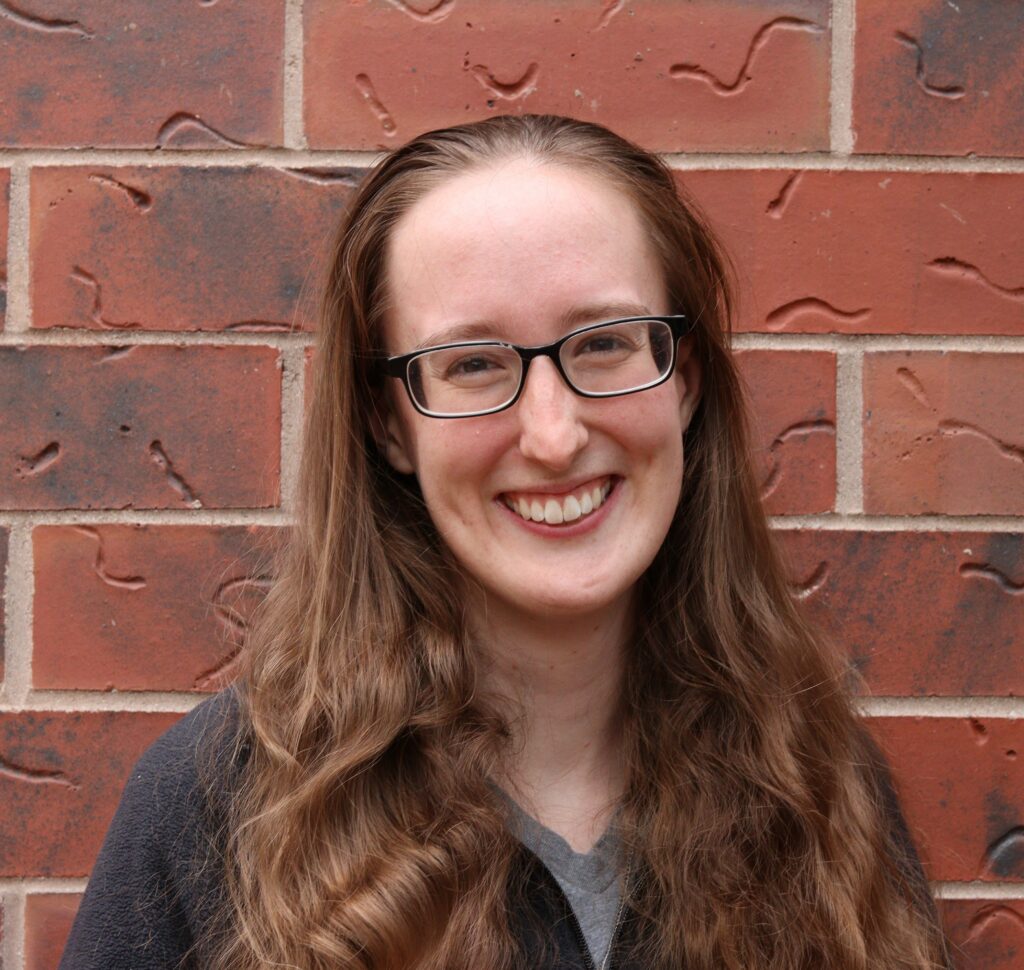
Meet Emily! Emily is a Graduate Student working on the Dual Channel Extreme Ultraviolet Continuum Experiment (DEUCE), which launched on the sounding rocket from the Northern Territory, Australia. DEUCE examines Extreme Ultraviolet (EUV) radiation. There are not many EUV targets to observe, because EUV radiation is so easily absorbed by the abundant neutral hydrogen gas. DEUCE has been used before to examine the EUV spectra of B-type stars, enabling a comparison between B-type and O-type stars’ contribution to ionization in the universe. This time, Emily helped repurpose it to observe Alpha Centauri, a prime observing target due to its similarity to our own sun. The EUV spectrum of Alpha Centauri could help us better understand the habitable zone for other stars. Also, since EUV radiation is a master at blasting away planetary atmospheres, knowledge about Alpha Centauri’s EUV spectrum could help us understand factors that affect the habitability of exoplanets.
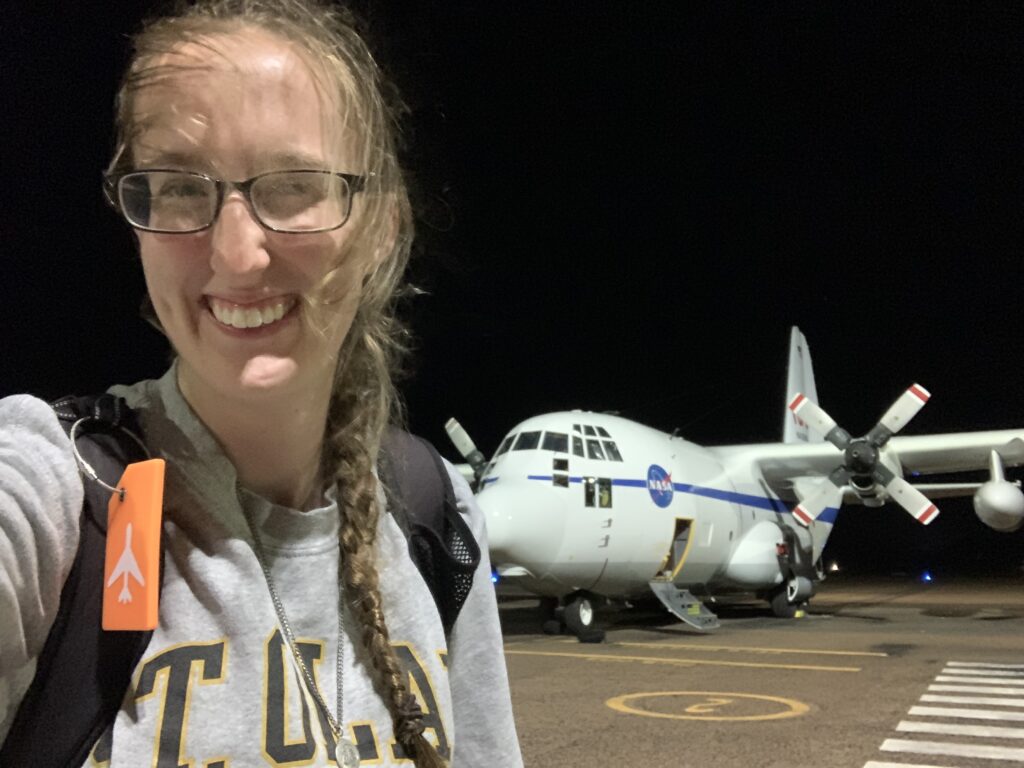
What about this historic launch in Australia? Emily was tasked with escorting the sounding rocket to Australia aboard NASA’s C130 cargo plane, specially designed for carrying delicate and sensitive space equipment. A plane like this isn’t able to fly directly; rather, it needs to stop periodically for fuel and to allow the pilots to rest. Emily and crew spent a week traveling to the launch site and made refuel and/or overnight stops in places such as Wake Island and Guam – which has the nicest hotels Emily’s ever seen! Once on site, the sounding rocket was one of several launches, and the teams had to deal with jungle landscape for rocket recovery, as well as very persistent red dust that just seemed to stick to everything. This launch is the first collaboration between NASA and a private Australian launch company, and Australia’s Space Program is working to build the site into a larger commercial launch pad called Equatorial Launch Australia (ELA). For the launch pad Emily used, ELA poured the concrete and set up the buildings, while NASA provided the launcher.
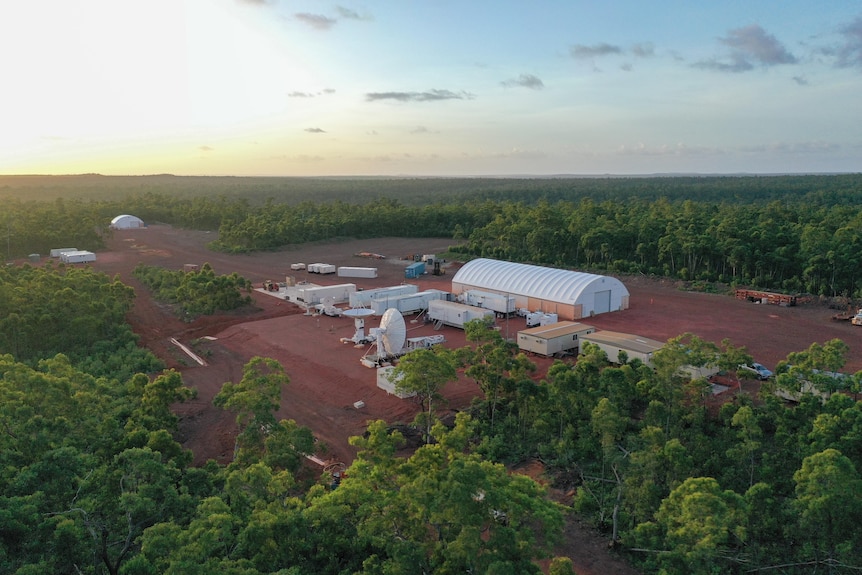
The nearby town was once a mining center, but with the mine nearly spent, the locals are looking forward to the jobs provided by the opening of the ELA. The launch site in Nhulunbuy, is near the far north coast of Australia, located on indigenous land. Scientists and team members present for this historic launch were housed either in hotels in the town, or at the Gulkula site, which Emily describes as a religious festival site with trailers for housing, food, and other necessities.
Now you may be wondering – how did Emily get involved with this super cool project? Emily was first introduced to the instrumentation world through an REU studying data analysis. The next summer she nabbed an REU at University of Wisconsin at Madison in instrumentation, and again the summer after. She learned instrumentation is her thing! Emily says she loves the balance between lab time building equipment and computer time analyzing data collected by the equipment she built, which allows her to see all angles of her project. When looking at graduate programs Emily knew about Brian Fleming’s sounding rocket, and soon discovered he had a position open. Once she secured the position, Nick Erikson, one of Brian’s previous students, trained Emily in everything relating to the sounding rocket.

In order to make DEUCE work for her, Emily had to make a few repairs from the previous launch as well as updates for the new observation. In the past DEUCE looked at B-type stars, which are very bright. To adjust for this brightness the detector had two slits, which helped to avoid overwhelming the sensors. In Australia, the target was a G- and K- type doublet star system, which is much much dimmer. To maximize the detector’s absorption of the light from this object, Emily switched to one slit. Lastly, Emily made sure to realign the payload so that all the new updates worked as expected. The Australia launch was originally scheduled for June 2020, but – as with most things 2020 – it was delayed. With COVID restrictions, the number of people allowed in the lab was limited to three, which made progress slow and some tasks quite difficult. One such difficulty Emily mentioned was running the large vacuum tank for testing. She says the tank works best with four people managing it, but with only three allowed it was tough to get the testing done. In November 2020 DEUCE was sent on a different launch (to study the aforementioned B stars), and then it was back to the lab for Emily with new adjustments, as well as all the computer time to analyze the November 2020 data and write it up. Now, while DEUCE and Emily are a tight knit pair, DEUCE is not actually Emily’s thesis project – talk about busy! Emily will write her thesis on The Integral Field Ultraviolet Spectroscopic Experiment (INFUSE) project.
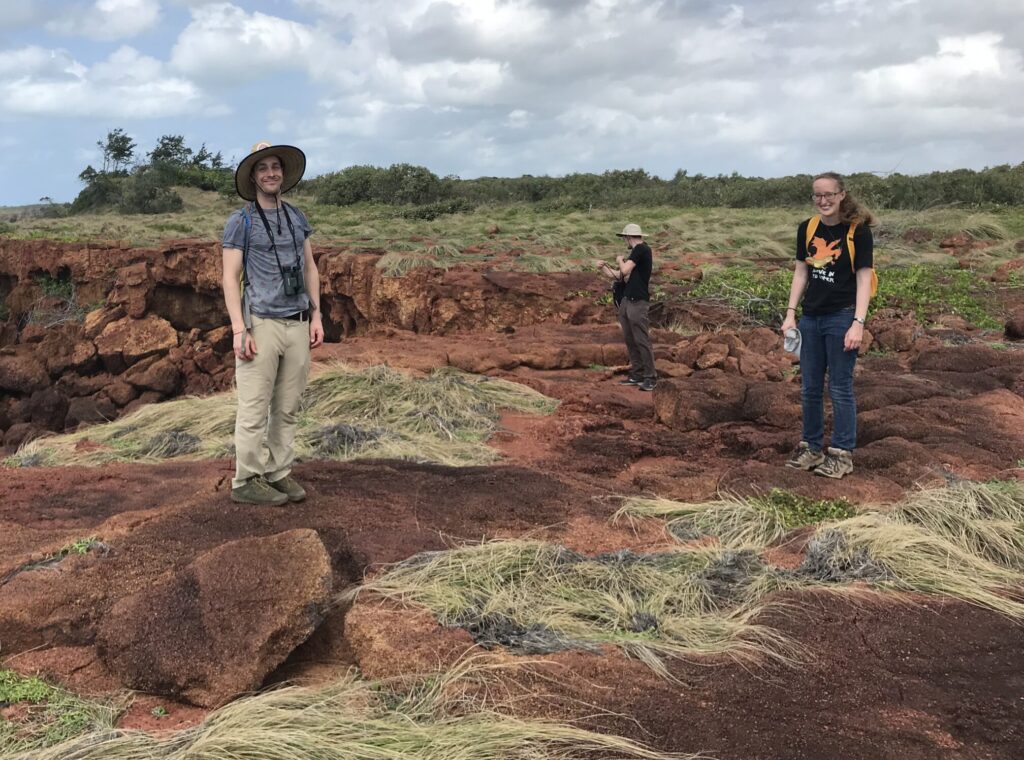
While all the science is super cool, Emily and the team used their free time well. She mentioned hiking, beaches and swimming in a lagoon. Apparently, swimming at the beaches was discouraged because they might encounter saltwater crocodiles. Yikes! They also saw some cool animals, including many wallabies and a really big snake. Once the launches are complete, and before trekking back to the U.S., Emily plans to explore all that New Zealand has to offer.

